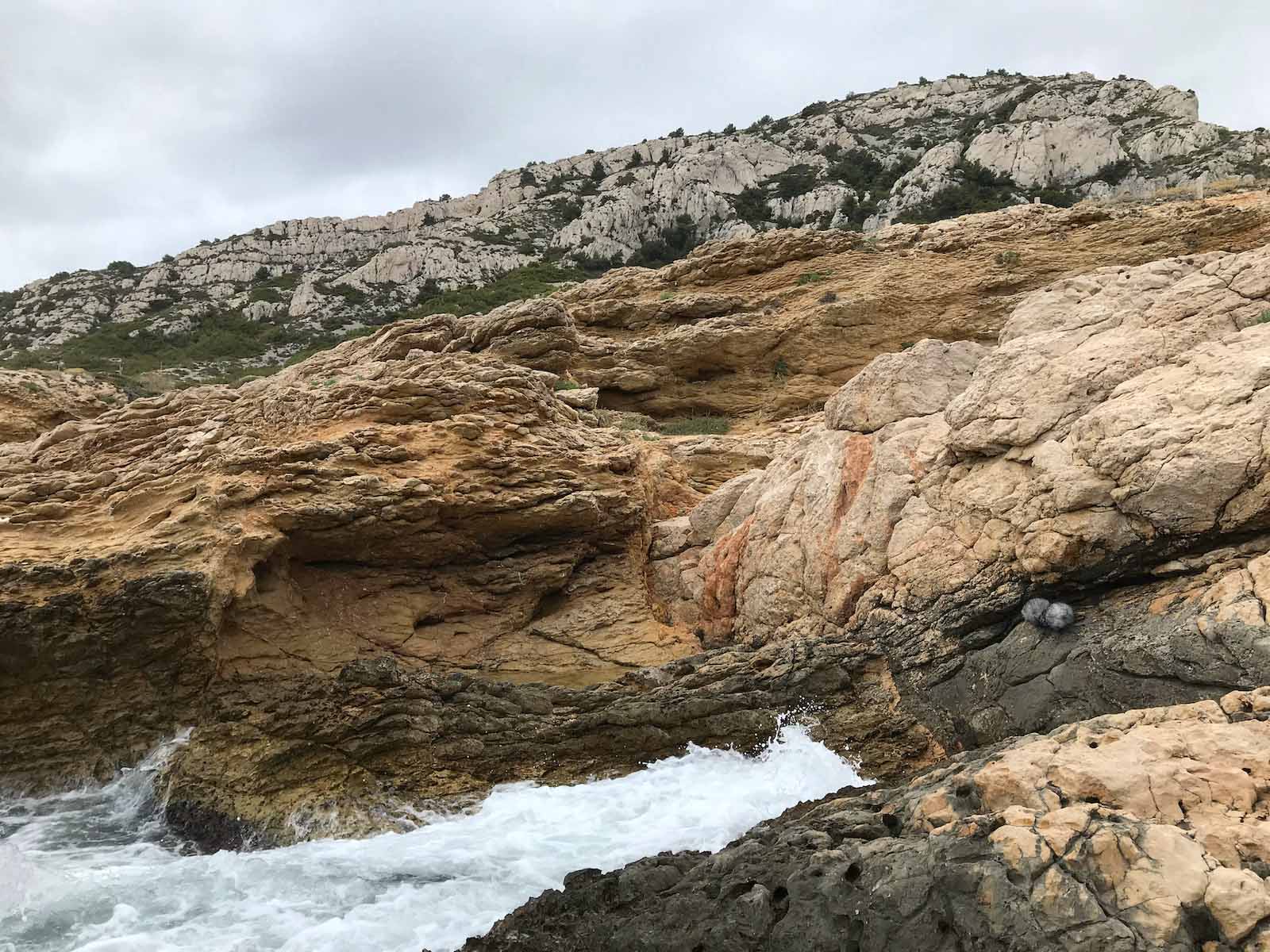
Get 1+ GB FREE sound effects
BLACK WEEKS: Save up to 83% on sound libraries! Huge discount on the Everything Bundle!
BLACK WEEKS: Save up to 83%!

With our Ocean Waves sound library we have introduced a collection of detailed and highly versatile wave recordings. We are excited to now present you a step-by-step guide on how to record your own wave sounds, whether you’re an experienced field recordist or just starting to explore the sounds of our world. From choosing the right equipment and scouting the perfect location to microphone placement and post-processing, we’ve got you covered. So, let’s dive in and learn how to bring the mesmerizing sounds of the ocean into your creative projects or personal sound library.
By following this guide, you’ll be well-equipped to capture the unique acoustic character of the sea and create stunning audio experiences. As you venture out into the field, remember to keep an open mind and stay attuned to your environment. With practice and patience, you’ll discover the beauty of the ocean’s ever-changing soundscape, creating a priceless collection of wave sounds that will transport listeners to the shores of your imagination.

Jonas, co-founder of Just Sound Effects, is a graduated sound designer and captures field recordings all over the world, always looking for unique soundscapes and new places to explore.

All prices are net, additional VAT may apply.
By subscribing to our newsletter you agree to our privacy policy.

All prices are net, additional VAT may apply.
© 2025 JUST SOUND EFFECTS GbR – All rights reserved
By subscribing to our newsletter you agree to our privacy policy.